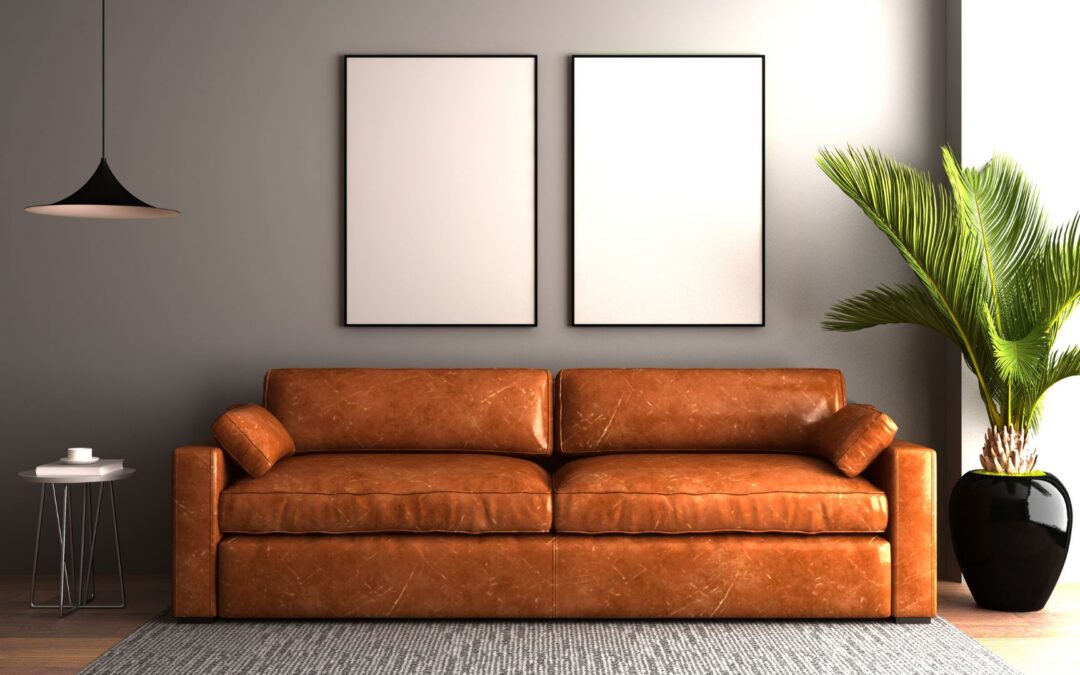Common Leather Furniture Issues and How to Fix Them
Leather furniture is a timeless addition to any home, offering both style and comfort. However, like any material, leather can experience various issues over time. Understanding these common problems and knowing how to fix them can help you maintain the beauty and functionality of your leather furniture. Here are some common leather furniture issues and their solutions:
1. Scratches and Scuffs
- Problem: Leather can easily get scratched or scuffed, especially in households with pets or sharp objects.
- Solution: For minor scratches, gently rub the area with your fingers to blend the scratch into the leather. For deeper scratches, use a leather repair kit with color-matching compounds or seek professional repair services.
2. Cracks and Splits
- Problem: Leather can crack and split due to dryness, age, or lack of maintenance.
- Solution: Apply a high-quality leather conditioner regularly to keep the leather moisturized and supple. For existing cracks, use a leather filler and finish with a color-matching dye. Severe cases may require professional repair.
3. Fading and Discoloration
- Problem: Exposure to sunlight and heat can cause leather to fade and discolor over time.
- Solution: Place your furniture away from direct sunlight and heat sources. Use UV-protectant sprays to shield the leather from sun damage. For already faded areas, professional re-dyeing can restore the original color.
4. Stains and Spills
- Problem: Leather is susceptible to stains from liquids, oils, and other substances.
- Solution: Blot spills immediately with a clean, dry cloth. Avoid rubbing to prevent the stain from spreading. For stubborn stains, use a leather cleaner specifically designed for the type of leather you have. If unsure, consult a professional.
5. Peeling and Flaking
- Problem: Poor-quality or bonded leather can peel and flake, revealing the underlying material.
- Solution: Regular conditioning can prevent peeling. However, once peeling starts, professional repair or replacement of the affected area is often necessary.
6. Wrinkles and Sagging
- Problem: Over time, leather can develop wrinkles and sag, especially in high-use areas.
- Solution: Regularly rotate and fluff cushions to maintain their shape. For severe sagging, consider adding extra padding or seeking professional reupholstery services.
7. Odors
- Problem: Leather can absorb odors from spills, pets, and smoke.
- Solution: Clean the leather with a mild soap solution and use a leather conditioner. For persistent odors, baking soda or activated charcoal can help absorb smells. Professional cleaning may be needed for strong odors.
8. Loose or Broken Seams
- Problem: Seams can become loose or break due to wear and tear.
- Solution: Use a leather needle and strong thread to carefully stitch the seam back together. For more extensive damage, professional repair is recommended.
9. Dye Transfer
- Problem: Dye from clothing or other materials can transfer onto leather, causing stains.
- Solution: Clean the affected area with a leather cleaner designed to remove dye stains. Prevent future occurrences by using a protective spray.
10. Dryness and Stiffness
- Problem: Leather can become dry and stiff if not properly maintained.
- Solution: Regularly apply a leather conditioner to keep the leather soft and flexible. For extremely dry leather, multiple applications may be necessary to restore suppleness.
Regular maintenance and timely repairs can significantly extend the life of your leather furniture. For expert care and professional repair services, contact APlus Leather Repair. Our skilled technicians are equipped to handle all types of leather issues, ensuring your furniture remains beautiful and functional for years to come.

